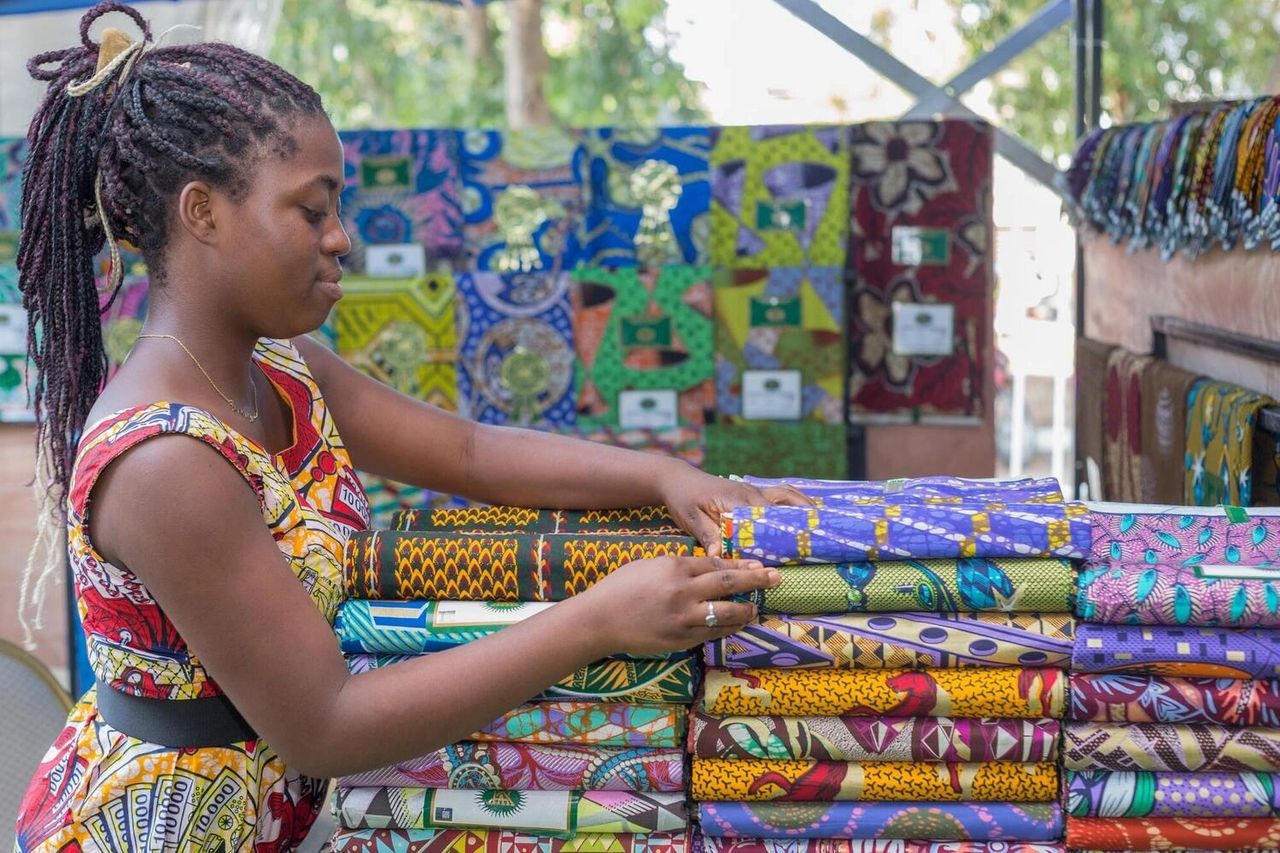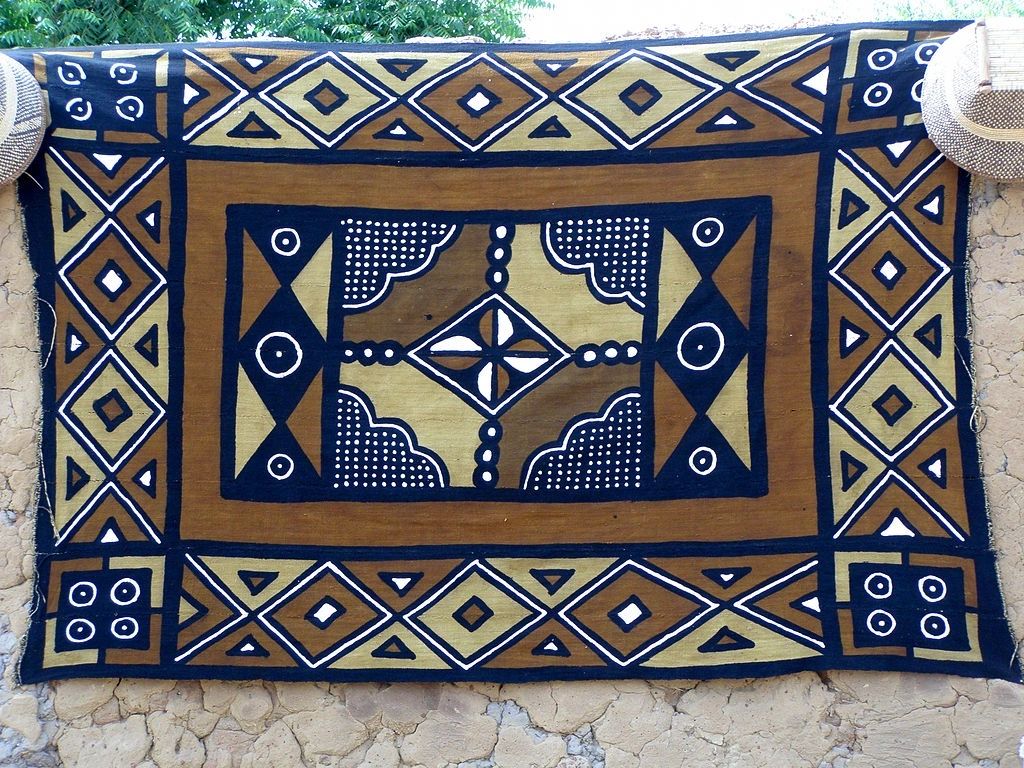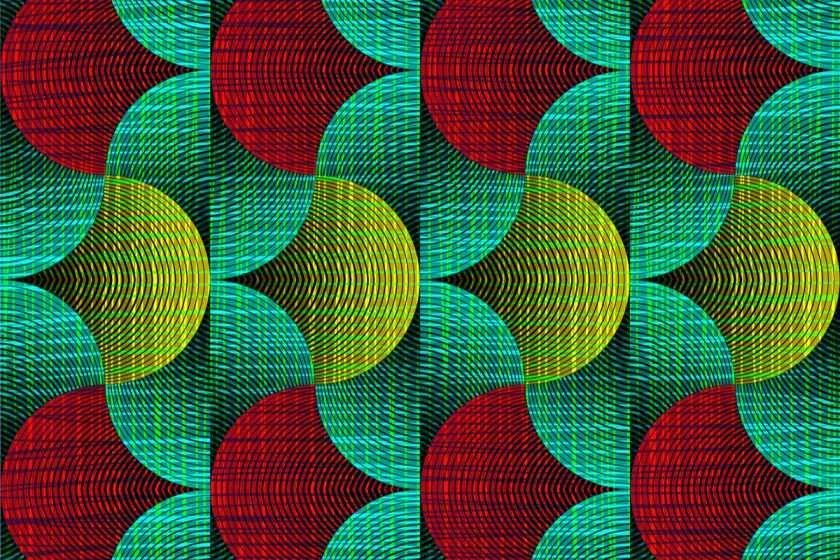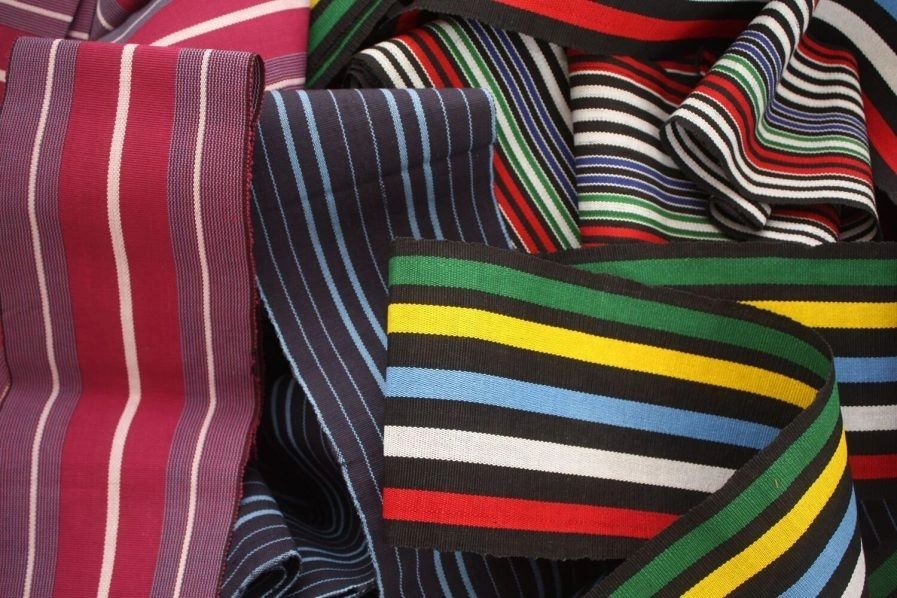African Fashion: The Beauty of African Prints
African fashion is renowned for its rich culture, vibrant colours, and bold patterns that have captivated the world. One key element that makes African fashion unique is the use of traditional African prints. These prints are visually striking and carry immense cultural significance in African societies.

The fabrics hold their own stories and a connection to the roots of where they come from. By wearing them, we can showcase our cultural identity and celebrate the diversity and richness of African culture. This blog post will explore some of the most popular African prints.
Let’s dive in!
- Kente
Kente cloth is a traditional textile from Ghana that holds cultural significance in West Africa and the diaspora. It has a rich history, with the Asante people being the main weavers of the fabric, which was originally reserved for royalty. Each block, pattern, and colour on kente cloth has a unique name and meaning, often incorporating adinkra symbols that represent ideas or proverbs. A few colours commonly found in a kente cloth include blue, red, black, green, white and yellow. Kente cloth is arguably the most well-known textile export from the African continent to the Western world.

- Bògòlanfini
Bògòlanfini (also known as mud cloths) is a type of cotton cloth that originates from Mali, West Africa. It is crafted using a traditional hand-dyeing method, where mud is used as the dye. The dye is created by combining minerals and native plants, and the patterns are created using a resist-dyeing technique. This results in a cloth that is decorated with intricate and symbolic designs, such as circles, triangles, lines, and animals. Bògòlanfini is still manufactured by traditional artisans today. The textile is used for many different things, including clothing, home décor, and ceremonial objects.

- Isi-Agu
Isi Agu is a famous form of African print amongst the Igbo people in Nigeria. It is well-known for its vibrant colours and striking designs, which are frequently influenced by nature. The term “Isi Agu” means “Lion’s Head” in Igbo, and the prints frequently depict lions. Isi Agu’s designs have traditionally been fashioned from velvet or cotton material. It was traditionally worn by royal people or men with chieftaincy titles. The fabric is used in making long-sleeved or short-sleeved shirts. It can also be used in making dresses for women.

- Kikoy
Kikoys are a type of fabric that originated on the Swahili coast of East Africa and are still popular in the region today. They are known for their bright colours and unique designs and are becoming increasingly popular in other parts of the world. Kikoys can be worn in many different ways, including as a sarong or shawl. They are typically made from cotton yarn and are used to make a variety of items, such as dresses, shirts, scarves, and tablecloths. Tanzanian and Kenyan tribes handmade this fabric, which is now used for various purposes.

- Aso Oke
Aso oke is a hand-woven fabric that is traditionally created in Nigeria’s Yoruba area and is frequently used for traditional Yoruba attire such as agbada (a long gown) and fila (a cap). The word “aso oke” means “cloth from above” in Yoruba, and it relates to the fabric’s weaving on a high loom. Aso oke is made of cotton yarn, and the patterns are formed through weaving techniques such as tie-dyeing and resist dyeing. Aso oke is a highly skilled trade that is passed down through generations. Weavers employ their ideas and creativity to create unique and beautiful designs. Aso oke is a symbol of Yoruba culture and tradition that many Yoruba people take pleasure in.

We hope you have gained a deeper appreciation for these fabrics and their rich heritage, as well as the superb craftsmanship behind them.






